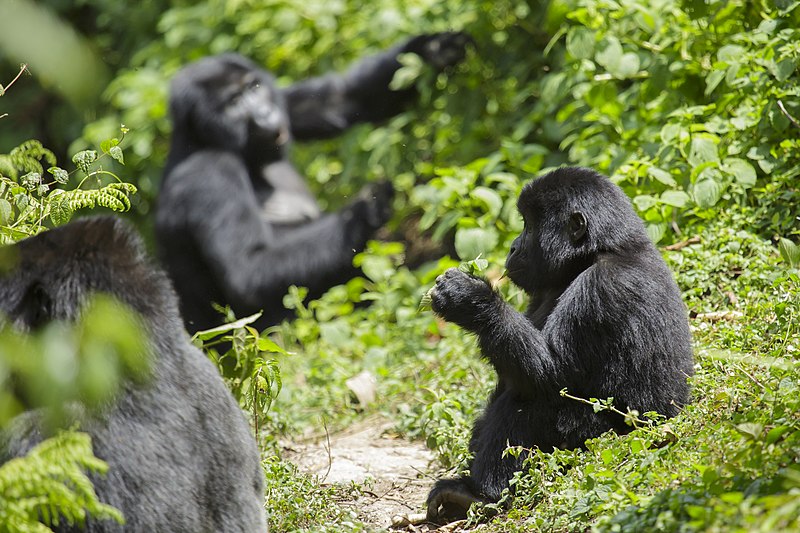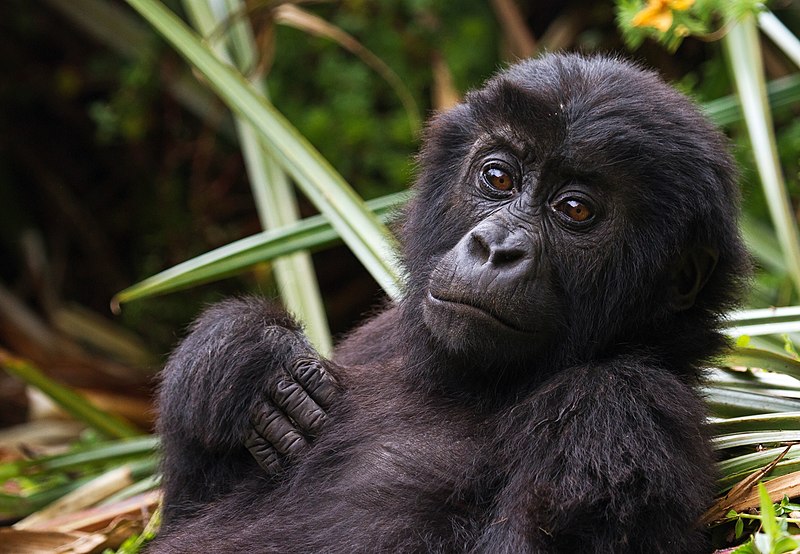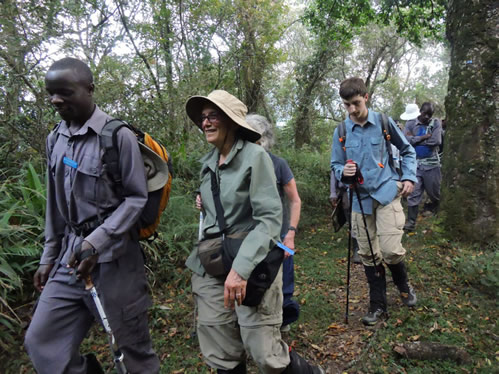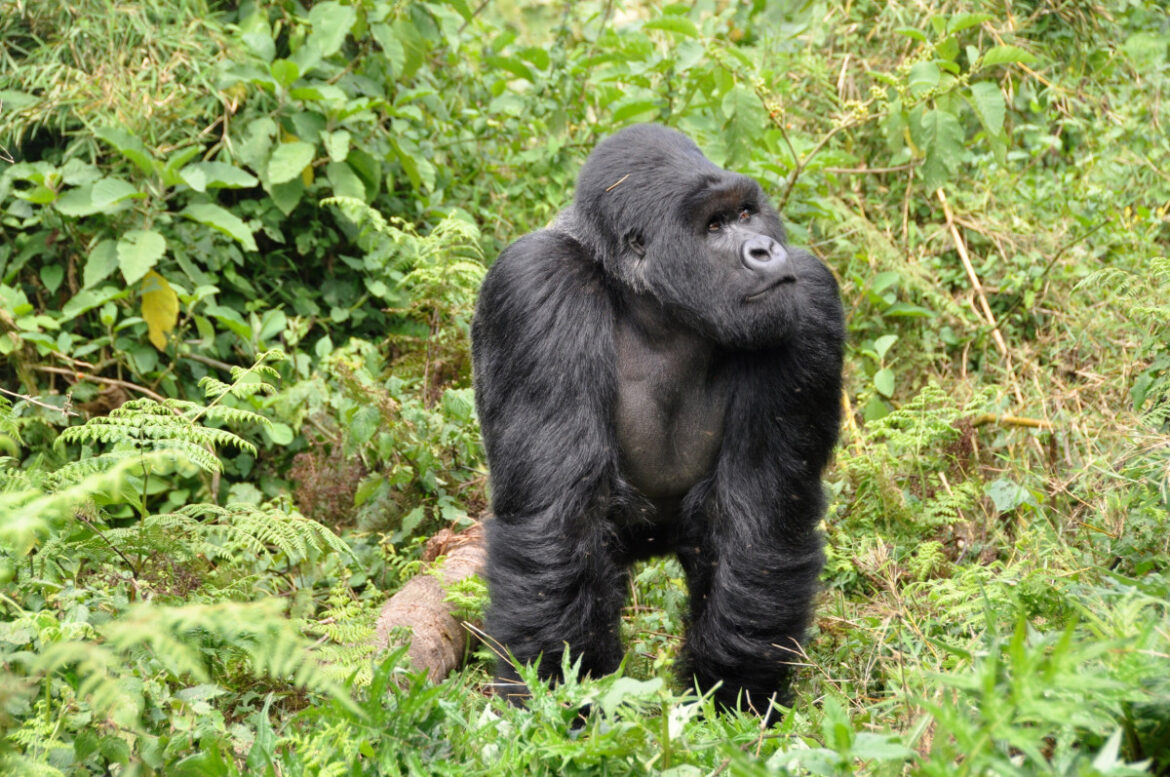One of the most exhilarating wildlife experiences on offer to adventurous tourists worldwide is the gorilla trekking tour in Africa. These tours, which give participants the chance to come face-to-face with the endangered mountain gorillas in their natural habitat, are increasingly popular.
However, as with any adventure travel activity that combines remote locations, close encounters with wildlife, and physical exertion, the question of safety invariably arises.
This article will explore the safety aspects of gorilla trekking tours in Africa, outlining both the measures taken to ensure participants’ security and the potential risks that might be encountered.
Mountain Gorilla Trekking Tours – The Basics
Gorilla trekking primarily takes place in three countries: Rwanda, Uganda, and the Democratic Republic of the Congo. The last remaining mountain gorillas live in the dense forests that straddle these nations’ borders, in national parks that offer guided tours to small groups of visitors.
The tours involve hiking through rugged terrain, often for several hours, in search of a gorilla family. Once the gorillas are located, tourists are allowed to spend a limited amount of time observing them at a close but respectful distance.



MOUNTAIN GORILLA TRIVIA
The largest of the great apes, the gorilla is thought to have shared a common ancestor with humans about 10 million years ago and, today, shares approximately 98% of its DNA with humans.
The world’s smallest population of mountain gorillas is split in two. A bit more than half live in the Virunga Mountains, a range of extinct volcanoes that border the Democratic Republic of Congo, Rwanda & Uganda. The remainder are found in the Bwindi Impenetrable National Park, found in Uganda.
Since the discovery of mountain gorilla sub-species in 1902, its population has endured years of war, hunting, habitat destruction & disease — threats so severe, it was once thought the species might be extinct by the end of the 20th century.
An average silverback gorilla can weigh up to 180kg (that’s almost 30 stone), and measure 170cm (over 5’5”) tall on all fours.
Safety Measures Taken by Gorilla Trekking Tour Operators
Tour operators and national park authorities take a multitude of steps to ensure the safety and security of gorilla trekking participants.
Experienced Trackers and Guides
The tour is always led by professional, highly trained guides and trackers who have in-depth knowledge of the gorillas’ behavior, the local terrain, and emergency procedures. They ensure the group maintains a safe distance from the gorillas and doesn’t exhibit behaviors that could provoke or stress the animals.
Limited Time and Group Sizes
Regulations limit the size of each trekking group and the amount of time spent with the gorillas to minimize stress on the animals and reduce the risk of transmitting diseases to them. This also makes it easier for guides to manage the group and ensure everyone’s safety.
Health Precautions
Participants must be free of contagious diseases, and they are advised not to participate if they’re feeling unwell. This protects the gorillas as well as the other human participants. Additionally, everyone is encouraged to have the necessary vaccinations for travel in these regions.
Pre-trekking safety Briefings
Before setting off on the trek, all participants receive a safety briefing. This covers how to behave around the gorillas, what to do in an emergency, and advice on coping with the challenging terrain and altitude.
Local Support
The local communities around the parks are heavily involved in the gorilla tourism industry. This has helped to reduce threats from poaching and armed conflict, contributing to the overall safety of the areas around the parks.
Africa Gorilla Trekking Risks and How to Mitigate Them
Like any adventure travel experience, gorilla trekking in Africa does carry inherent risks. Understanding these risks and how to mitigate them is key to ensuring a safe and enjoyable experience.

Gorilla Tours Trekking Risks - Mitigations
Provided that you maintain a distance of at least seven metres from the gorillas and follow particular rules in terms of body language (all explained to you by your trekking guide beforehand), tracking gorillas is safe.
Altitude Sickness
The altitude at which gorilla trekking occurs can cause altitude sickness in some people. Symptoms may include headaches, nausea, and shortness of breath. To mitigate this risk, you can spend a day or two at high altitude before the trek to acclimatize and keep yourself hydrated throughout the trek.
In the Presence of the gorillas
The mountain gorillas are generally habituated to human presence and behave peacefully. However, they are still wild animals, and unpredictable situations can occur. Following the guides’ instructions, maintaining the required distance, and moving slowly and quietly will minimize the risk of a dangerous encounter.
Challenging Terrain & Physical Exertion
Gorilla trekking involves hiking in high-altitude, often steep, and muddy conditions. This can pose a risk to those unprepared for the physical exertion or who have specific health conditions. It’s crucial to assess your fitness level, carry appropriate clothing and footwear, stay hydrated, and walk at your own pace.

Disease Exposure
As with any travel, there’s the risk of exposure to unfamiliar diseases. Ensuring you’reup-to-date with all recommended vaccinations and practicing good hygiene can significantly reduce this risk. Additionally, taking out comprehensive travel insurance that includes medical cover is a wise decision.
Political Instability
Certain regions, such as the Democratic Republic of the Congo, have seen political instability and conflict. While the areas that host gorilla trekking are generally separate from these hotspots, it’s essential to stay informed about the current situation and follow all travel advisories.
Final thoughts onf safety of Gorilla trekking tours
Gorilla trekking in Africa is a once-in-a-lifetime experience that brings tourists in close contact with one of our closest relatives in the animal kingdom. While there are potential risks involved, the measures put in place by tour operators and national park authorities, coupled with personal preparation and responsible behavior, significantly enhance the safety of this activity.
In reality, gorilla trekking in Africa has an impressive safety record, but understanding the risks and steps to mitigate them is key to embarking on this remarkable journey with confidence. Always remember, the experience’s success and safety largely depend on our respect and care for these magnificent creatures and their habitat.
Finally, a safe gorilla trekking tour in Africa not only promises an unforgettable adventure but also contributes to conservation efforts, providing much-needed support to protect these endangered animals and their habitats for future generations. Therefore, when we ask about safety, let us remember that it’s not only about our safety but also the safety of the gorillas we have the privilege to observe.
Are You Ready for Your First Self-drive Camping Safari?
If so, please have a look at some of our gorilla trekking safari packages:
10 Days Kenya Big 5 and Uganda Gorillas
10 Days Rwanda Gorillas and Tanzania Safari
14 Days Kenya Tanzania Rwanda Highlights – Big 5 and Gorillas
16 Days Victoria Falls – Masai Mara – Serengeti – Gorillas
Alternatively, contact Hallmark Travel Planners team and we will help you sort out your tailor-made gorilla trekking safari plans. And make sure to follow these tips. Most importantly, stay safe!

